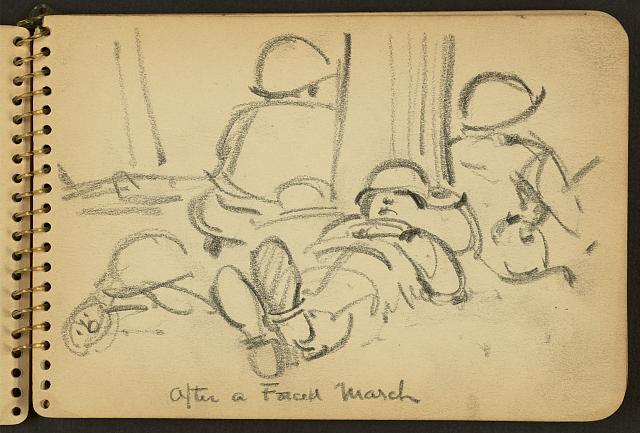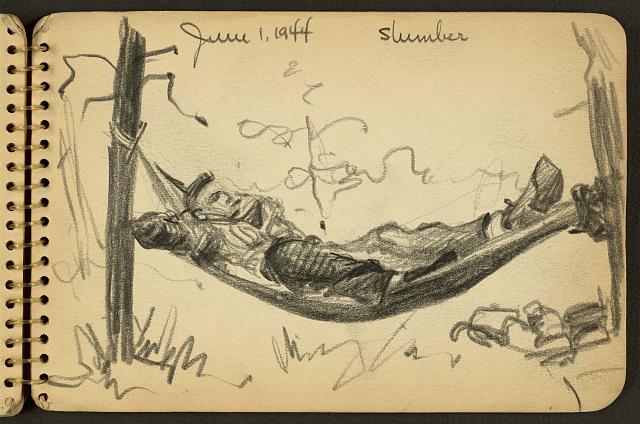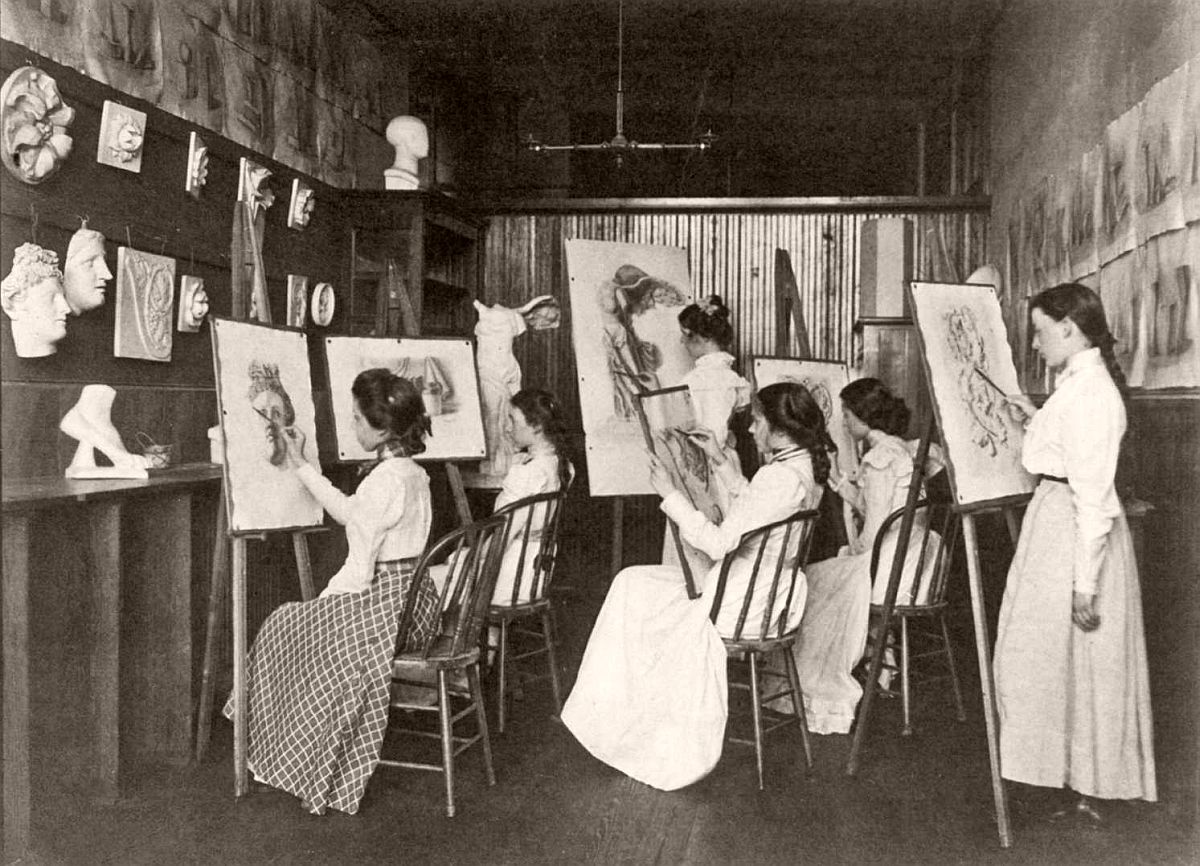Dear Betty,
I am a 48-year-old artist with four children, and a substitute Art teacher. I see how difficult it is for children to relate at all to what they perceive, how to process their perception, how to connect, and how to relate to it from their own genuine point of view. They also do not know that their perspective is a genuine and a to-be-developed one.
I am happy to write these lines to you after I found you alive at your blessed age - according to the information my smartphone made available for me. I would like to take the opportunity to thank you. A copy of your book on how to learn to draw, based on the right hemisphere was given to me by my godmother when I was 15 or 16. The German title read: Garantiert zeichnen lernen. This book and the exercises in it helped me to survive many isolated, boring days of my childhood, and what I learned in it stayed with me and alive. I still relate to it in courses and classes, although I learned a lot of other stuff later.
In that way you influenced my life in a significant way;I still have some of the drawings I made back in 1986 and later. So, I hope you are well and receive my lines of gratitude. All the best for you and all the others who pay their tribute to the call of our time.
Resist, conserve, hope.
Nicole D.
___________________________________
Dear Nicole,
Thank you so much for your lovely and very touching email message. It’s hard to describe how much it means to me to know that my book has had a good effect on someone’s life. You were fortunate to have a godmother who was so thoughtful and insightful to give you the book, and also fortunate that, as a teenager, you took the time and made the effort to learn the basics of drawing. What fun that you still have some of the early drawings!
Your mention of your brief teaching experience and children’s lack of perceptual skills reinforces my strong conviction that we must overhaul our educational system to include again teaching children how to draw. As you infer in your message, this may be a part of “the call of our time.” I do believe that there is hope that change will come.
With all best wishes,
Betty Edwards
____________________________
Dear Betty,
Thank you for your timely response. One thing I forgot to include in my sentence about the children is their difficulty to articulate themselves - in writing, drawing, and eventually in addressing another person with grace and dignity. They are not aware of their lack of form and respect.
I agree to what you say, Betty, about integrating drawing into children’s education to be a very good idea. If I may share my thoughts and learning a bit here - on the paper, using pencil, and color you get a direct response of how you 'treat' it. You can see the difference between a line where the one who draws it is present, and a line that is like a symbol of a line. If you are there on the sheet with your attention, or if you are somewhere else: it is visible! Like you wrote, when one uses the symbol of an eye rather than looking at the actual eye, then the code can be decoded easily; but what was there to be seen stays invisible on the work as a result.
From familiarizing myself with these kind of stereotypes in drawing or playing during my courses in Intuitive Education, I got a model to observe my own social behaviour and the distinction between my idea about myself and what I actually did. One becomes able to create alternative solutions that are more agreeable. Intuitive Education (which I know and work from for more than a decade now) comes from a Waldorf School in Sweden and was taught mainly by Pär Ahlbom (singing, playing, exercising) and Merete Lövlie (painting). I am sharing my experience with you here - I hope not in too much detail.
Anyway, my best wishes to you. I'll visit with my parents tomorrow, they are 90 and 84, and they will be pleased to hear that we communicated. It is good to know that you are still on track to be interested in the future. What gives you such hope? I have hope, too. We are not such a little number.
Yours sincerely,
Nicole D.


















